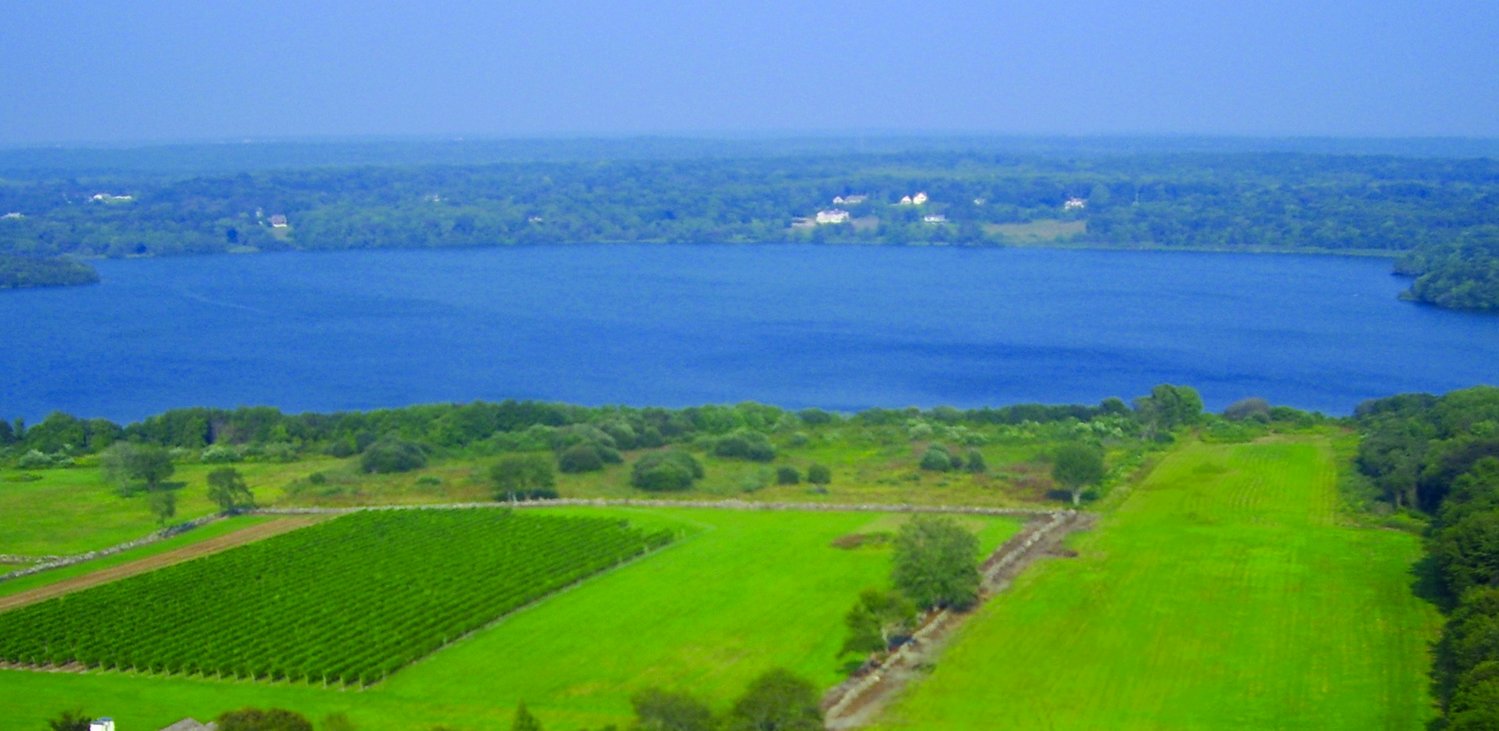Despite cold, algae alert continues at Watson Reservoir
State lifts advisories for Portsmouth and other locations; farms may be factor
LITTLE COMPTON — The state has lifted advisories for toxic blue-green algae on nearly a dozen bodies of water but opted to keep one in force — that for Watson Reservoir ...
This item is available in full to subscribers.
Please log in to continue |
Register to post eventsIf you'd like to post an event to our calendar, you can create a free account by clicking here. Note that free accounts do not have access to our subscriber-only content. |
Day pass subscribers
Are you a day pass subscriber who needs to log in? Click here to continue.
Despite cold, algae alert continues at Watson Reservoir
State lifts advisories for Portsmouth and other locations; farms may be factor
LITTLE COMPTON — The state has lifted advisories for toxic blue-green algae on nearly a dozen bodies of water but opted to keep one in force — that for Watson Reservoir in Little Compton.
The Rhode Island Department of Health (RIDOH) and the Rhode Island Department of Environmental Management (DEM) continue to warn people and pets to avoid any contact with water in Watson Reservoir, a sometimes-source of drinking water for Newport and Aquidneck Island.
The advisories are being lifted for Paradise Pond in Middletown, Sisson Pond in Portsmouth, Almy Pond in Newport, and Melville Pond in Portsmouth, as well as locations elsewhere in Rhode Island.
An advisory is still in place for Watson Reservoir in Little Compton, the agencies said, “where there are still visual signs of a cyanobacteria bloom.”
Improvements at the other locations “were expected due to seasonal cooling and declining daylight, and they signal a great reduction in risk. However, there is no guarantee that toxins are absent, or that a warm spell might not trigger a bloom during the winter or spring.”
Asked about the Watson Reservoir situation and why it has persisted despite the cold, a DEM spokesman replied with a statement from expert Eyal Harel.
“This type of bacterium is immensely resistant. It sinks to the bottom of the body of water to wait until the ice defrosts to pop up again and start to bloom — from a much larger initial inoculum (seeding) in comparison with previous years. Astonishingly, the cyanobacteria have also evolved to thrive under very cold weather conditions.
Mr. Harel, CEO and co-founder of BlueGreen Water Technologies, predicted that next year’s blooms will be even worse.
Activity on area farms is often a contributing factor to such blooms, Mr. Harel said.
“When excess amounts of fungicides are washed from crops and make their way into lakes, they can kill aquatic parasitic fungi that are partially responsible for naturally keeping cyanobacteria (aka blue-green algae) in check and restraining toxic algae growth. Out-of-balance ecosystems are a combination of too many nutrients and too few natural competitors in the aquatic ecosystem. Rehabilitating such ecosystems mandates a direct intervention, which is designed to reduce the cyanobacterial ‘battery,’ freeing up space and resources for natural competition to thrive and serve its ecological function.”
Seasonal monitoring for cyanobacteria in 2019 is finished, but the public is reminded to avoid contact with any body of water that is bright green or has a dense, floating algal mat on the water's surface. Blue-green algae blooms may look like green paint or thick pea soup. Toxins may persist in the water after a blue-green algae bloom is no longer visible.
Contact with water containing blue-green algae toxins can cause irritation of the skin, nose, eyes, and/or throat. Ingestion of water containing blue-green algal toxins can cause stomach ache, diarrhea, vomiting, and nausea. Other health effects, which are rarer, include dizziness, headache, fever, liver damage, and nervous system damage. Young children and pets are at greater risk than adults, due to their size and because they are more likely to drink contaminated water.






